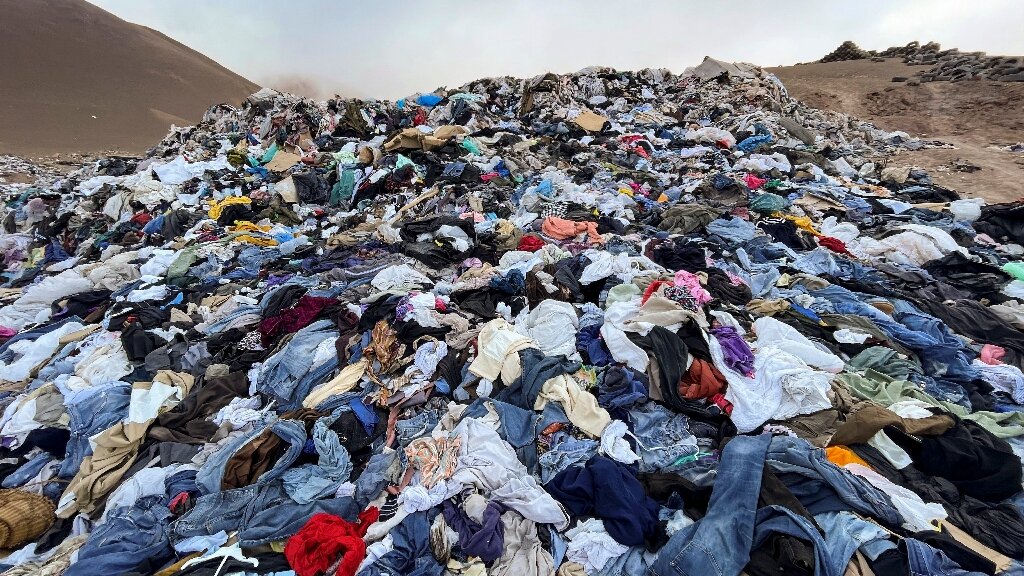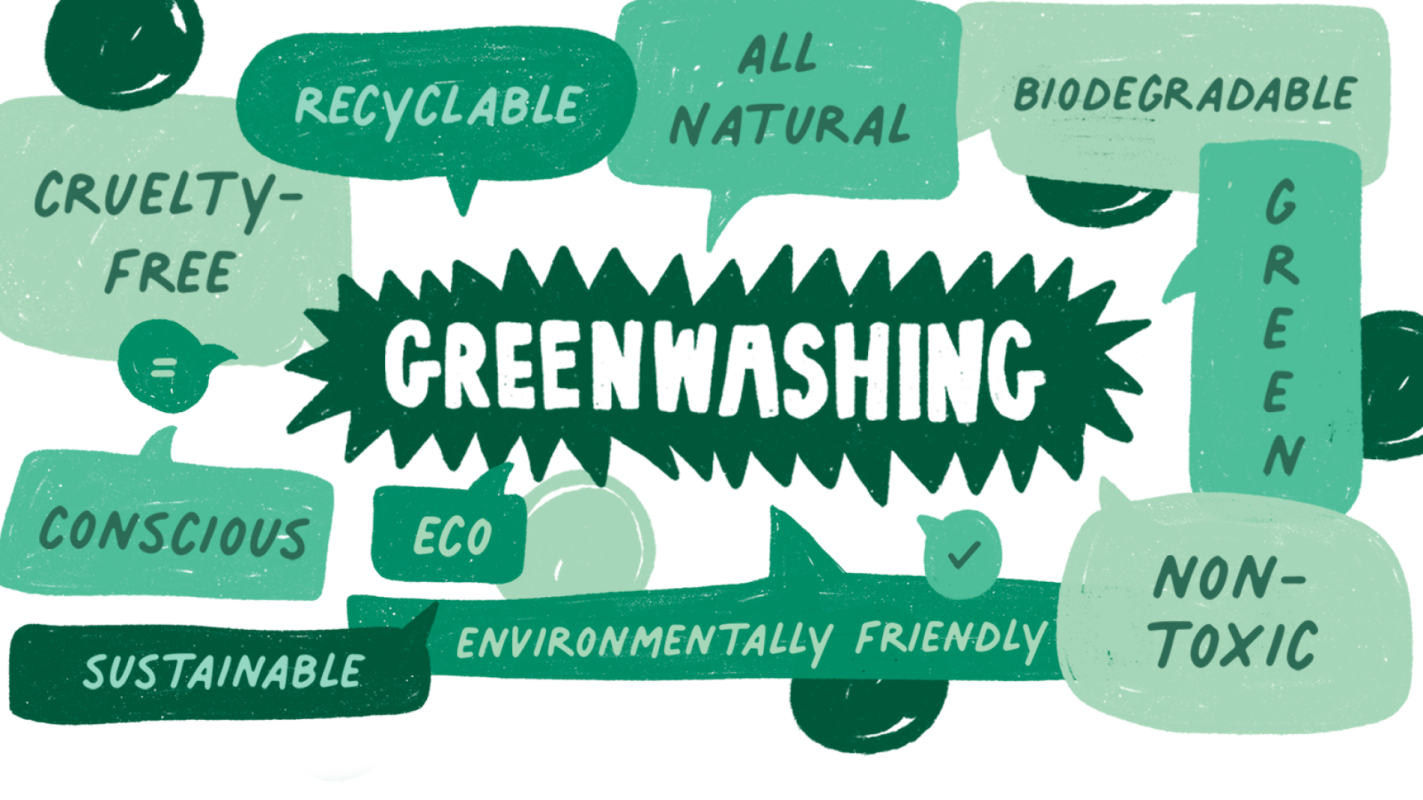 A revolutionary fashion week concluded recently in Copenhagen.
A revolutionary fashion week concluded recently in Copenhagen.
The highlights of the show weren’t just statement-making couture, but new efforts to create a truly sustainable fashion week.
Let’s take a closer look at fashion’s impact on the environment, and how Danish designers are leading the way in reducing their carbon footprint.
Buried by Clothing?
Just two decades ago, it was considered revolutionary for a brand like Zara to release hundreds of new styles every week.
Now, newer brands like ASOS, Boohoo, and Shein have developed an ultra-fast fashion model, releasing thousands of new clothes every day. These companies have dominated the market. Their enticingly low prices and sheer variety of styles have attracted consumers to keep buying. Though initially wary of fast fashion, even traditional designer brands have embraced similar tactics.
 On average, Americans now purchase new clothes every five days…and discard them just as quickly. This never-ending cycle of consumption is fueled by the exploitation of workers in developing countries and causes untold harm to the environment.
On average, Americans now purchase new clothes every five days…and discard them just as quickly. This never-ending cycle of consumption is fueled by the exploitation of workers in developing countries and causes untold harm to the environment.
Every second, about one garbage truck's worth of clothes is incinerated or dumped in a landfill. According to the United Nations, the fashion industry accounts for 20% of the world’s wastewater. Consulting firm McKinsey has also estimated that fashion contributes to 4% of global greenhouse gas emissions.
Fashion shows come with disproportionate carbon footprints too – from the trash left behind by attendees to the international flights taken to get there.
A More Environmentally-Conscious Approach
Organizers of Copenhagen fashion week wanted to turn environmental promises into reality.
 Brands at the show had to fulfill 18 minimum requirements, as well as answer 58 questions about their commitment to sustainability. For instance, brands had to demonstrate that their clothing had been made from at least 50 percent certified upcycled or recycled materials. Furthermore, they had to assume responsibility for all aspects of their supply chain from raw materials to production.
Brands at the show had to fulfill 18 minimum requirements, as well as answer 58 questions about their commitment to sustainability. For instance, brands had to demonstrate that their clothing had been made from at least 50 percent certified upcycled or recycled materials. Furthermore, they had to assume responsibility for all aspects of their supply chain from raw materials to production.
New actions such as digital invitations and bio-based materials have been suggested at this fashion week. These could inspire other fashion weeks and spur more established luxury brands to follow suit. There is also a growing emphasis on rental or resale fashion.
In the meantime, we have our own part to play in pushing companies to adopt more sustainable practices. We also need to be aware of "greenwashing" where companies may simply make gestures such as releasing eco-friendly collections.
As consumers, we can reduce the amount of new clothing we buy every year. Instead of buying a new trendy sweater that we only wear occasionally, we can upcycle the clothes we already have and buy high-quality clothing that will last longer.
Check out this interesting video about a city in Italy where clothes are recycled to create new designs!
Sources: NY Times, Vogue, Gizmodo, BBC, The Atlantic, HBR








